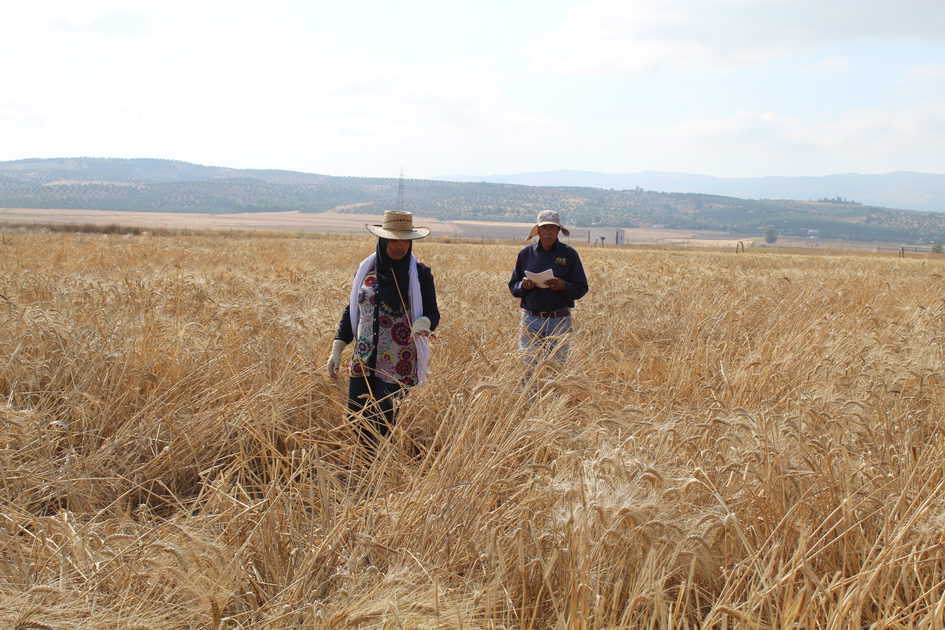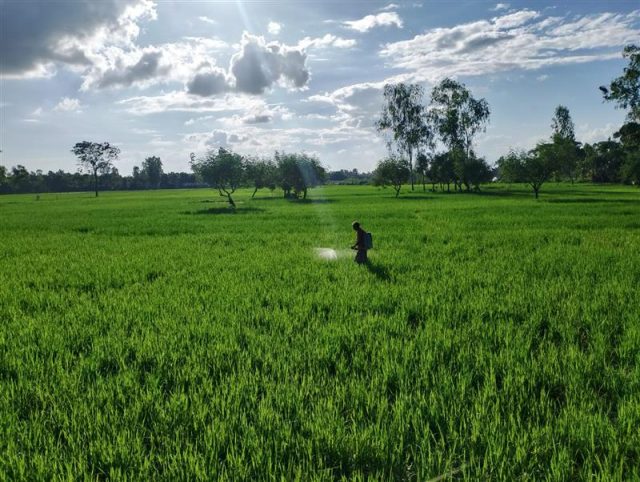Building resistance in wheat: International collaboration fights Septoria tritici blotch disease
- From
-
Published on
01.06.20
- Impact Area

Tunisia has been a major durum wheat producer and consumer since Roman times, a crop used now for couscous, bread and pasta dishes throughout North Africa and the Mediterranean Basin.
However, a persistent disease known as Septoria tritici blotch (STB) has been threatening durum wheat harvests across the country thanks to its increasing resistance to fungicides and adaptability to harsher climatic conditions. The disease, which is caused by the fungus Zymoseptoria tritici, thrives under humid conditions and can cause up to 60% yield loss in farmers’ fields.
To help fight this disease, the International Maize and Wheat Improvement Center (CIMMYT) established the Septoria Precision Phenotyping Platform in collaboration with the Institution of Agricultural Research and Higher Education of Tunisia (IRESA) and the International Center for Agricultural Research in the Dry Areas (ICARDA) in Tunisia in 2015.
Related news
-

New Genomic Discovery from ICRISAT Could Save Farmers Millions by Preventing Groundnut Sprouting Before Harvest
International Crops Research Institute for the Semi-Arid Tropics (ICRISAT)02.12.25-
Food security
-
Poverty reduction, livelihoods & jobs
Breakthrough study identifies varieties and key genes to halt sprouting before harvest in groundnut …
Read more -
-

Cultivating climate-smart rice: How specific cultivars and smarter fertilizing can cut emissions and maintain yield
International Rice Research Institute (IRRI)19.11.25-
Climate adaptation & mitigation
-
Food security
By Bushra Humaira Sadaf A team of researchers from the Bangladesh Rice Research Institute (BRRI), I…
Read more -
-

Australia partners with International Livestock Research Institute to upskill researchers from Africa and Asia
International Livestock Research Institute (ILRI)13.11.25-
Food security
-
Poverty reduction, livelihoods & jobs
Australia has joined forces with the International Livestock Research Institute (ILRI) to support th…
Read more -
